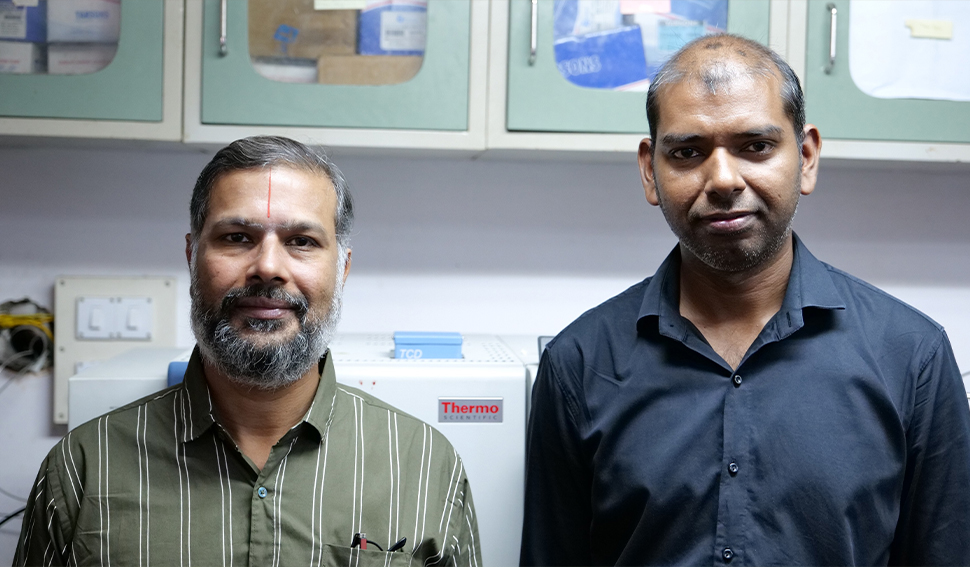IIT Guwahati researchers develop new methods to remove ammonia from wastewater

A research team at the Indian Institute of Technology Guwahati (IITG), led by Prof. Kannan Pakshirajan, has developed innovative, energy-efficient methods to remove ammonium from wastewater.
This method uses a unique combination of microalgae and bacteria to significantly reduce energy consumption, marking an advancement over traditional approaches. Supported by the Department of Science & Technology (DST-FIST) program, the research is published in the Chemical Engineering Journal.
Ammonium from sources like domestic sewage, industrial effluents, and agricultural runoff poses environmental risks, such as triggering harmful algal blooms and reducing oxygen in water bodies. Standard ammonium removal techniques are energy-intensive due to the high oxygenation requirements. Prof. Pakshirajan’s team designed a photo-sequencing batch reactor (PSBR), in which oxygen produced by microalgae through photosynthesis is used by nitrifying bacteria to convert ammonium to nitrate.
Following this, denitrifying bacteria transform the nitrate into nitrogen gas under low-oxygen conditions, bypassing the need for external oxygen.
This innovative process reduces energy requirements by as much as 91.33%, offering a practical, sustainable solution for industries aiming to reduce wastewater treatment costs and environmental impact.
Pakshirajan’s team designed a photo-sequencing batch reactor (PSBR), where microalgae produce oxygen during photosynthesis, which is then utilized by nitrifying bacteria to convert ammonium into nitrate, followed by denitrification under anoxic conditions using denitrifying bacteria to form nitrogen as the end product. This eliminates the need for external oxygen aeration, making the process significantly more energy-efficient.
Highlighting the importance of this research, Prof. Kannan Pakshirajan, Department of Bioscience and Bioengineering, IIT Guwahati, said, “Our system offers a sustainable solution for treating wastewater while cutting down on energy costs. By harnessing the oxygen naturally produced by microalgae, we can make the process not only more efficient but also highly cost-effective.”
The research combines scientific modelling with real-world data to ensure high ammonium removal rates under various conditions. The system demonstrated an energy savings of up to 91.33% in comparison to conventional aeration methods used in wastewater treatment plants, making it an eco-friendly and cost-effective alternative.
This innovative method marks a significant step forward in sustainable wastewater treatment, offering practical applications for reducing the environmental impact of wastewater across industries.

Leave a Reply